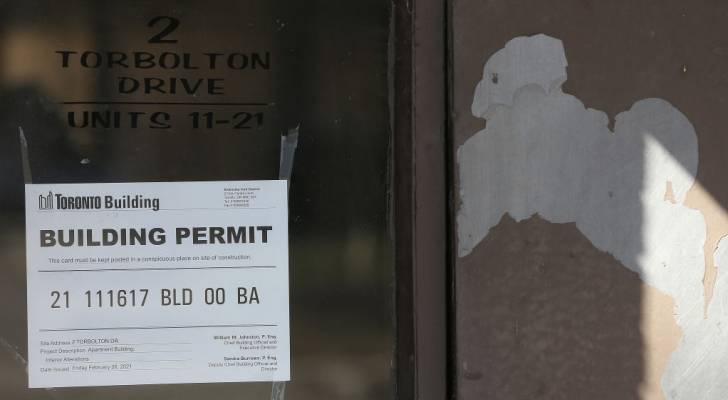
For renters across Toronto — students in basement suites, seniors in walk-ups, families in rent-controlled buildings — the word renoviction doesn’t just mean “renovation.” It means fear of losing your home, of getting priced out, of not finding anything else you can afford.
Starting July 31, 2025, the City of Toronto is drawing a line in the sand with new rules that give tenants real protection against renovictions, which is the practice of evicting tenants under the pretense of renovations, only to hike the rent or never let them return.
This new Rental Renovation Licence Bylaw aims to stop that cycle and make sure that when tenants leave their homes, it’s for real repairs, not for landlord profit.
When “renovation” means eviction
The bylaw passed in November 2024, after years of growing pressure from housing advocates and renters who were losing their homes under false pretenses. Landlords would file an N‑13 eviction notice, claiming major renovations required the unit to be vacant, but tenants were often never allowed back. The unit would be upgraded, re-rented and priced far out of reach.
For many, being evicted under these, or any circumstances, is both devastating and unfair.
These evictions disproportionately hit low-income renters, newcomers and people with limited housing options. In a city where vacancy rates are low and rent prices are sky-high, even a legal eviction can be a life-altering event. The new bylaw is Toronto’s answer to that growing crisis.
How the new protections work
Starting July 31, landlords who issue an N‑13 eviction notice must follow strict new rules before asking tenants to leave. They are required to secure a building permit and obtain a professional report that clearly explains why the work necessitates the unit being vacant. Within seven days of serving the eviction notice, landlords must apply for a Rental Renovation Licence, which costs $700 per unit, although this fee is waived for multi-tenant buildings.
They must also post a Tenant Information Notice and notify the city, which starts a 14-day tenant protection period.
During this time, landlords must work with tenants to offer either a Tenant Accommodation Plan, providing temporary comparable housing, or a Tenant Compensation Plan, which includes a moving allowance plus coverage for the rent difference. If the tenant chooses not to return after the renovations, the landlord is obligated to pay severance compensation equal to three months’ rent plus moving costs.
Only once all these steps have been completed and approved will the city issue the licence, allowing renovations to begin.
Cut corners, pay the price
The city says enforcement will start with education, but fines will follow. Landlords who skip steps or force tenants out without approval can face:
- $1,000 fines for late licence applications
- $10,000 per day for ongoing violations
- Up to $100,000 per offence for illegal evictions, plus repayment of any financial gains
Got an eviction notice? Here’s what to check
If you receive an N‑13 notice after July 31, check the City’s public registry to confirm the landlord has applied for a licence. If not, the eviction may not be valid.
Toronto is launching a multilingual education campaign to help tenants understand their rights, and what to do if they’re being wrongly pushed out. Support workers and legal clinics will also be watching closely to hold bad actors accountable.
New rules, real protections
This bylaw won’t stop every unfair eviction, but it’s a turning point. It draws a hard line between renovations done in good faith and those used as a cover to push tenants out. For the first time, landlords can’t hide behind permits and paperwork to displace people quietly. There are rules now. There are consequences.
For renters, especially those living paycheque to paycheque, this is a new layer of protection. It’s the right to stay in your home without fearing that a notice on the door means you’ll be priced out of your own life.
It’s a signal from the city that tenants matter, that they deserve transparency, dignity and a fighting chance in a rental market stacked against them.
In a housing crisis, every protection counts. And this one tells Toronto renters: you’re not alone anymore.
This article provides information only and should not be construed as advice. It is provided without warranty of any kind.